Autobiography: Hemi Love

What eye-candy poster was pinned up on your bedroom wall when you were thirteen? A black Lamborghini Countach sprouting numerous spoilers? Farah Fawcett-Majors with blindingly-white teeth? Metallica? KISS? What I gazed lovingly upon– whilst sprawled across my bed– was a giant detailed cross-sectional drawing of a Chrysler hemi engine. Thus was the spell that the mythical engine had on me.
I spent days painstakingly making the icon myself, recreating an image from a library book unto the large poster board with nothing more than a ruler, pencil and magic marker. It was my masterpiece, my Mona Lisa. I had finally and fully unveiled the mystery beneath those giant valve covers. The hemispherical combustion chambers, complex valve train and gracefully curving ports were revealed in graphic detail, as explicitly on display as Miss April in the Playboy centerfold under my mattress.
In earlier years, I would peer endlessly into any open engine compartment. Although largely ignorant of the actual thermodynamic differences, I had intuited a distinct pecking order for the distinctive cylinder head configurations: flathead, conventional overhead valve (OHV) and hemi-head. Flatheads spoke old-school; big rectangular lumps of cast iron, almost lost in the depths of the deep engine compartments of the times. And once having seen that slab of a flathead cylinder head removed, the torturous path afforded the intake and exhaust gases was obviously inferior.
The usual OHV configuration– with valves lined up side-by-side under their narrow valve covers– spoke of modernity, efficiency and the ability to make decent power in Detroit’s postwar generation of V8s. But one glance at those huge wide valve covers perched on Chrysler’s FirePower hemi V8 inspired awe. I instantly knew that it was designed for one thing, and one thing only: power.
With valves canted some 60 degrees, they could be bigger. Intake and exhaust ports were both a straight shot into their respective manifolds, dramatically improving breathing. I knew Chrysler hadn’t invented the hemi. The 1912 Peugeot grand prix engine had them (as well as DOHC and four valves per cylinder). Hemis were common in Europe, and used on the Miller/Offenhauser racing engines. But Chrysler was the first to adapt them to the sedate, slow-revving Yank tank engine bays.
Starting with a mild 180hp in 1951, Chrysler quickly began to develop the hemi’s potential, and soon dominated the horsepower war of the fifties. The crowning glory was the 1955 Chrysler 300, the first production vehicle to sport the eponymous amount of horsepower. It would top 130mph straight off the showroom floor. The 1957 300C’s 390hp represented a doubling of power in just six years– and then some. It was a milestone. An instant classic.
Hot rodders knew a winner when they saw it. The hemi quickly became the ticket on the drag strip. With a giant blower forcing a nitro mixture into massaged hemi heads, thousands of horsepower could be extracted. That seemed miraculous to me, given that our elderly neighbor’s 1956 Windsor generated all of 225p. No wonder I stared reverently as he burbled down the street at 20mph; I knew the awesome potential that was waiting to be unleashed under that long hood.
Unfortunately, the hemi’s capabilities carried a penalty. The complicated engine was expensive to build, and heavy. By 1958, Chrysler pulled the plug. The company developed a completely new hemi– the 426 — for NASCAR racing in 1964. It was never intended as a production engine; Chrysler was forced to adapt it for civilian use when NASCAR threatened to ban it otherwise. The hemi was reincarnated, in even more mythical form.
Although 426 hemis terrorized the stock car circuits and drag strips, they were not exactly common on the street. But thanks to my first job at fifteen, pumping extra-high-octane Sunoco 260 gas, I had regular close encounters of the hemi kind with a Plymouth GTX.
I couldn’t wait to pop the hood to gaze reverentially on that huge orange and crackle-black icon. As an ex-altar boy, my instinct was to genuflect, especially when that heady incense of hot oil and crankcase vapors hit my nostrils. I felt privileged to check its vital fluids, and eventually, screwed up the courage to ask if I could check the air filter. The owner obliged, even though he knew it was just a ruse to see the two enormous four-barrel Carter carburetors in their naked splendor.
Tempus fugit. Those days of heady hemi horsepower are long gone. You know it’s a different age when Chrysler files a trademark on the hemi name– boldly emblazoning it on cars and trucks with oversized HEMI badges– even though the engine powering them isn’t really a hemi (it’s more accurately a “pent-roof”). It’s no wonder the wonder’s gone, genuine hemis are notoriously “dirty” but it’s sad nonetheless. That thing got a hemi? Not really, no.

More by Paul Niedermeyer
Latest Car Reviews
Read moreLatest Product Reviews
Read moreRecent Comments
- FreedMike Frickin' Miami. Closest thing we have to Dubai in this country, for sure. If you are into Lambos and the like, definitely go - you'll see a show every night. I was there in January and my fiancee and I shared a lovely lunch at a Miami Beach restaurant that consisted of three street tacos each, chips and salsa, and two sodas. Tab: $70.00, with tip.
- Kjhkjlhkjhkljh kljhjkhjklhkjh Pay money to be inundated in Adverts for a car that breaks when you sneeze? no
- Laflamcs My wife got a new 500 Turbo in 2015. Black exterior with an incredible red leather interior and a stick! The glass sunroof was epic and it was just about the whole roof that seemed to roll back. Anyway, that little bugger was an absolute blast to drive. Loved being run hard and shifted fast. Despite its small exterior dimensions, one could pile a lot into it. She remember stocking up at COSTCO one time when a passerby in the parking lot looked at her full cart and asked "Will it all fit?" It did. We had wonderful times with that car and many travels. It was reliable in the years we owned it and had TONS of character lacking in most "sporty" car. Loved the Italian handling, steering, and shift action. We had to trade it in after our daughter came along in 2018 (too small for 3 vacationers). She traded it in for a Jeep Renegade Latitude 6 speed, in which we can still feel a bit of that Italian heritage in the aforementioned driving qualities. IIRC, the engine in this Abarth is the same as in our Renegade. We still talk about that little 500..........
- Rochester If I could actually afford an Aston Martin, I would absolutely consider living in an Aston themed condo.
- Redapple2 I ve slept on it. I would take one on a 3 yr lease for $199/mo- ($1000 down total). Evil gm Vampire gave me this deal in 2012.



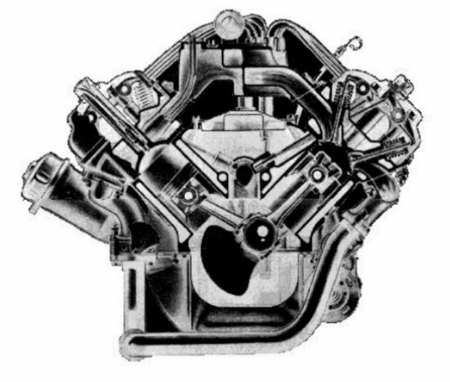
















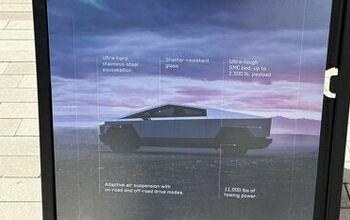




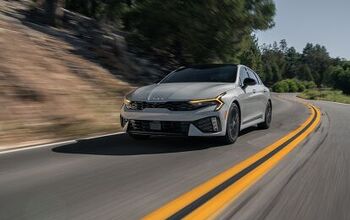


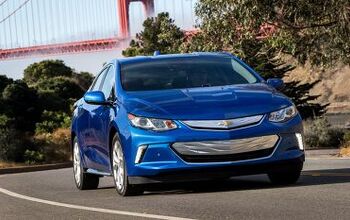


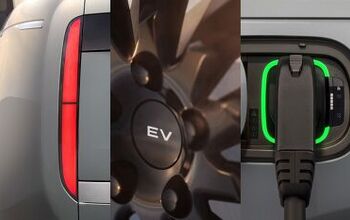
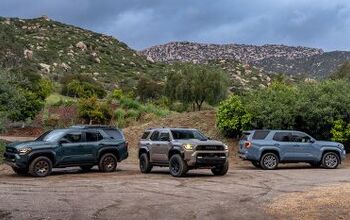
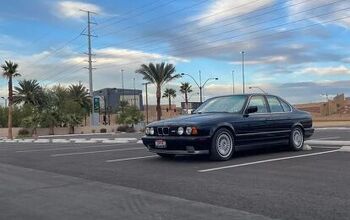
Comments
Join the conversation
Goezinger, forgot about quaker city. I went there once with my brotherinlaw when I was 14. We NEVER had a drag strip here in Akron. Like I said in my other post, dragway 42 was the closest, quaker wasn't much further.
Small world. I'm in the firestone park area, archwood ave. near the high school. Back in the day dragway 42 was the place to be. Racers like Don Garlits, Tom Mcewen and Shirley muldowney used to frequent the place, as well as many other famous racers, Like Gas Rhonda, and Bill Mavreick with the little red wagon. I was at Quaker city once in 78 with my brotherinlaw, who bracket raced a 69 camaro. It was 350 powered, with a th350, headers, mild cam, edelbrock intake. It did ok for what it was.